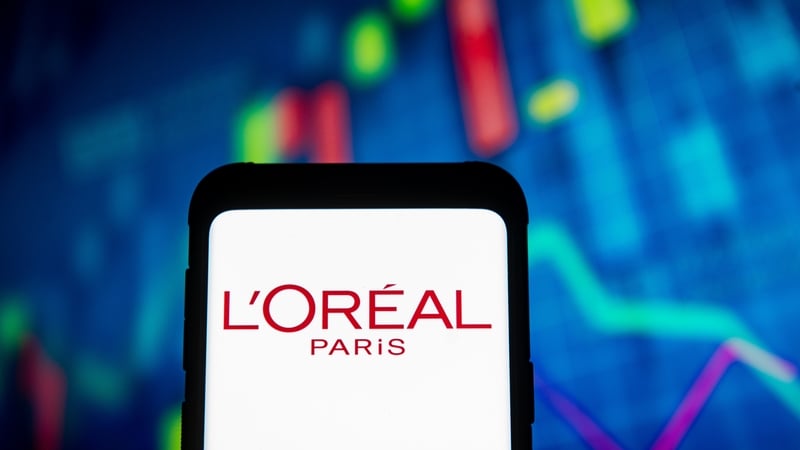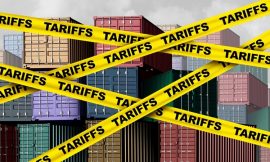L’Oreal reported a 2.4% rise in second-quarter sales today, missing forecasts as growth in Europe slowed more than expected and demand at travel outlets in Asia was subdued.
The French cosmetics group, whose brands include Maybelline makeup and CeraVe skincare, said sales in April-June totalled 10.74 billion euros, up 2.4% on a like-for-like basis from a year earlier, but undershooting the 2.9% growth seen in a Visible Alpha consensus estimate cited by Jefferies.
Underlying growth, after stripping out the impact of phasing in a new IT system, was 3.7%, the company said.
Growth in the global cosmetics market has slowed sharply in recent quarters from the highs of a post-pandemic surge, when inflation contributed to rising sales values.
The sector, and in particular perfume that is predominantly produced in Europe, is also facing higher costs from US President Donald Trump’s tariffs.
L’Oreal CEO Nicolas Hieronimus said he planned to continue to lobby for an exemption to US tariffs on European cosmetics, even after Brussels agreed to a deal on Sunday that imposes a 15% tariff on US imports of EU cosmetics.
“I don’t think it’s a good deal,” he told Reuters in an interview.
“We’re going to be writing to all the European leaders and negotiators to see whether there’s a loophole we could benefit from, because in the end it’s going to be costly,” he said.
L’Oreal, which imports around 30% of its US sales, could raise prices and move more production to the country where it has four factories, but is waiting for further negotiations between Trump and other nations to be finalised before making decisions, he added.
Analysts at Jefferies expect perfume sales in the US to slow in the second half after companies hike prices, though Hieronimus said L’Oreal’s fragrance sales were currently growing by double-digit figures, compared to 7% for the broader market.
There is “some pricing power on fragrances, but we have to also consider the elasticity of the demand,” he added.




